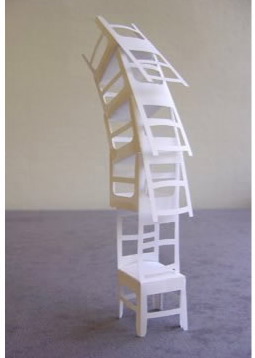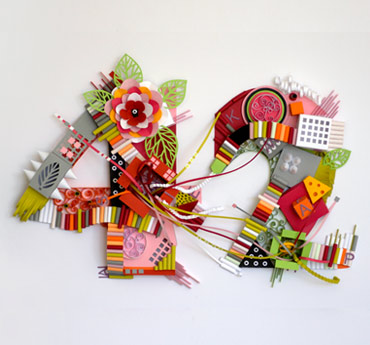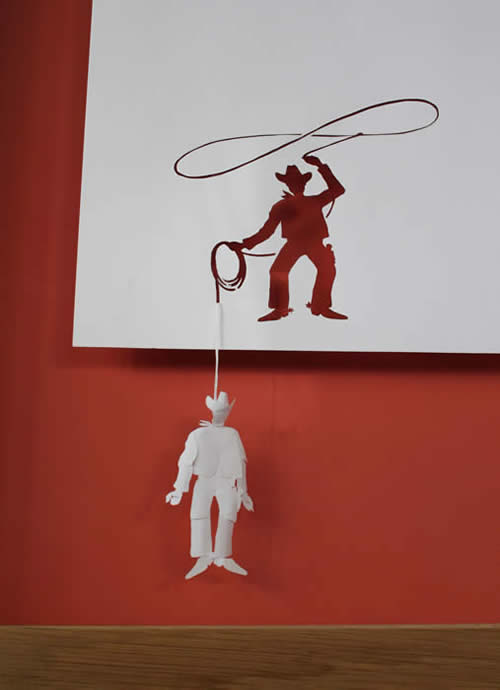Workshop One with Richard Sweeney was aimed at teaching us simple paper manipulations and encouraging us to be experimental with paper. The materials we had where: A5 piece of white paper, scalpel, cutting mat, and pencil case. There where three rules: The created object must unfold back into a A5 piece of paper, you could remove paper but not add, and finally NO adhesive.
The first method Richard taught us was scoring curves into the paper and creating shapes using tension this is shown below.
After creating the curve i then began experimenting with manipulating it, the example below was probably my most successful, I think it is very beautiful. I really like the comparison between the hard corner edges and the curves and circle created by the tension.
I could use shells as primary research to develop this piece. I do not however no how I would incorporate the repeat theme reacquired on our brief.
Below is another example of manipulating a curve, the shapes above and below both have great tension and that is what I think makes the so successful. The image below better shows the second method Richard taught us, and that is how to attach the paper without using adhesive, Using tabs.
Cutting a rectangle into the piece of paper that is loose and a slit into the piece you want to attach it to, push it through and fold... ta da attached.
I don't particularly like the one below, but I do however like the spiral effect and may somehow incorporate this into my final piece.
 Below are examples of the third method Richard showed us. cutting strips into the paper and creating forms by attaching the strips with tabs.
Below are examples of the third method Richard showed us. cutting strips into the paper and creating forms by attaching the strips with tabs. A
gain I think they are really successful and there are many ways you could manipulate them, I could also easily incorporate the repeat theme.































































